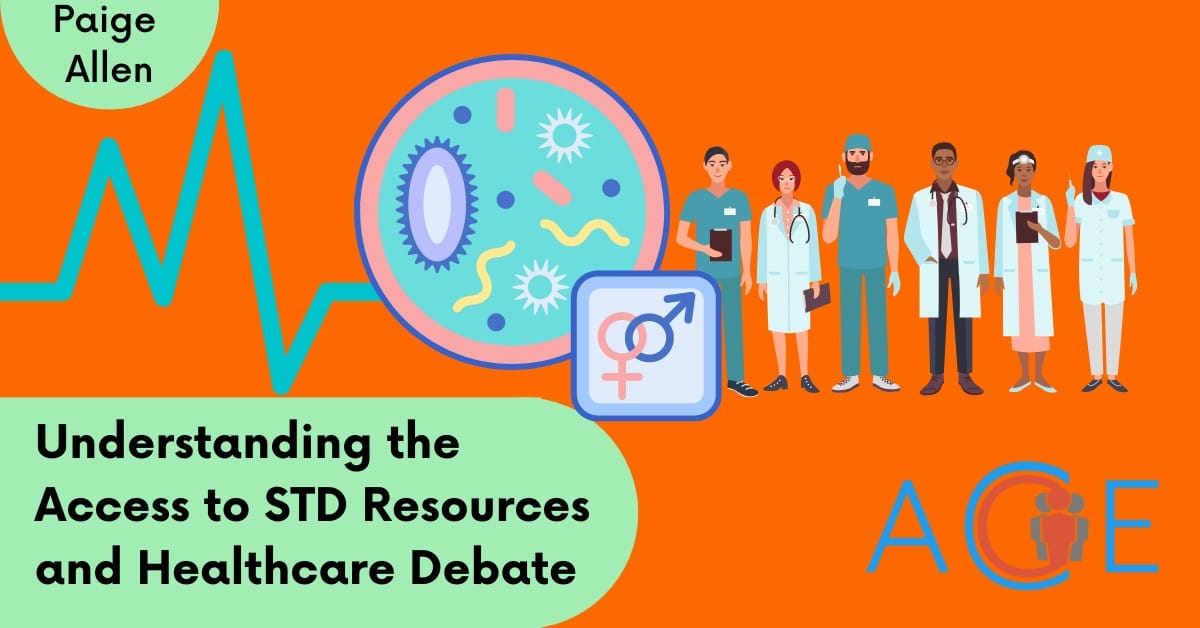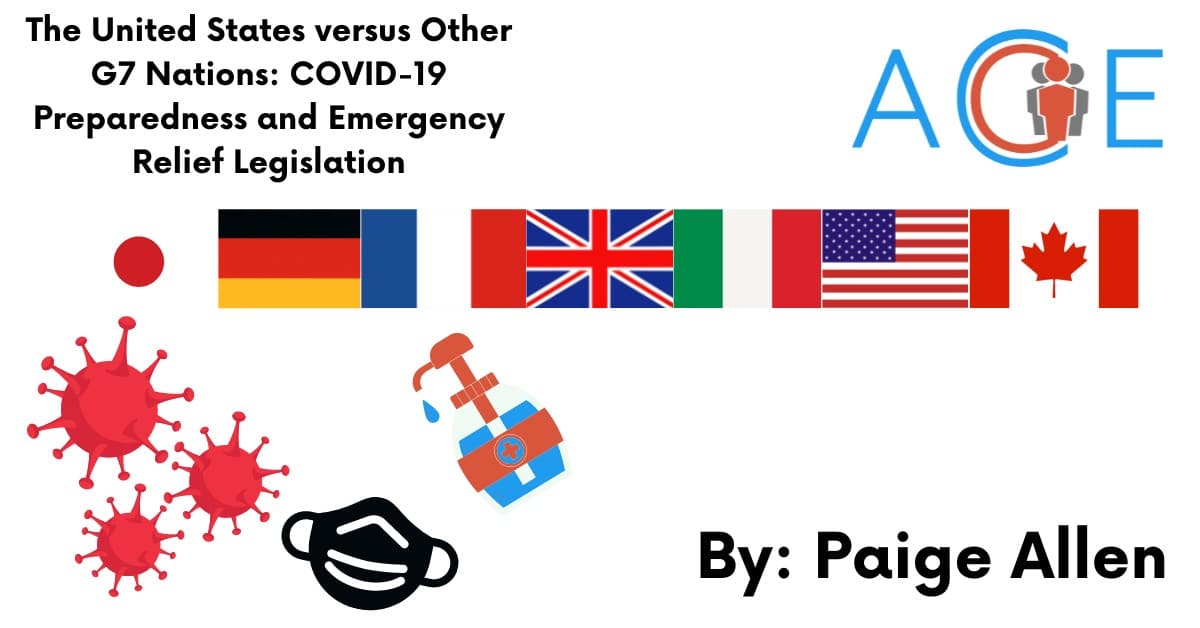What are Sexually Transmitted Diseases (STDs)?
Also known as sexually transmitted infections (STIs), sexually transmitted diseases (STDs) are “infections that are passed from one person to another through sexual contact”. While there are more than 20 types, the eight most common in 2018 included chlamydia, genital herpes, HIV, HPV, syphilis, trichomoniasis, and hepatitis B. STDs can be symptomatic or asymptomatic, and STDs caused by bacteria or parasites are easier to treat because antibiotics are effective remedies. Viruses, on the other hand, cannot be treated and medications can only be used to mitigate the spread and severity of symptoms. Preventative measures include latex condoms (although condom usage remains low), regular screenings, and vaccines for HPV (the most common type of STD) and hepatitis B.
Rates of STD transmission remain high throughout the United States, and disproportionately affect gay and bisexual men as well as Black and Hispanic populations. In 2018, 20% of Americans were infected with an STD, totaling out to 68 million infections by the end of the year. Those within the 15-24 year-old age group comprised 46% of those cases. STD cases are increasing; as are the healthcare costs associated with treating STD patients. In direct costs alone, spending amounted to $16 billion in 2021. It is crucial to treat STDs early because untreated diseases such as chlamydia, gonorrhea, and syphilis can lead to ectopic pregnancies and fertility issues for women and a higher risk of contracting HIV.
Current Financial Coverage for STD Resources and Healthcare
Medicaid is the largest financial contributor to reproductive healthcare coverage. Medicaid is also the largest public funder of HIV treatment and care. In 2014 and 2015, data from the National Ambulatory Medical Care survey indicated that compared to other payment sources, Medicaid disproportionately covers services for individuals that are most likely to need STD care, which is usually those who are younger, female, minorities, part of the LGBTQ+ community, people with disabilities, and those of lower socioeconomic status. In 2020, 37 states and the District of Columbia made STI screenings and counseling, preventative vaccinations, and PrEP eligible for coverage under Medicaid.
Medicare provides healthcare financing to those who are 65+ and/or have long-term disabilities. Part B covers “STI screenings for chlamydia, gonorrhea, syphilis, and/or hepatitis B once every 12 months for individuals at increased risk for an STI or at certain times during pregnancy for pregnant individuals”. It also covers one HIV screening per year, and Part D covers all approved antiretrovirals (with potential for cost sharing). Under the Affordable Care Act, private health insurance plans are mandated to cover recommended preventative services (HIV, other STI screenings, and prescriptive contraceptives for women) with no cost sharing. Uninsured individuals can receive care from health clinics and departments that are federally funded by agencies like HRSA, the CDC, and the Office of Population Affairs (OPA).
Title X
Title X, created in 1970, is a program for low-income individuals to obtain affordable birth control and reproductive healthcare. Wellness exams, birth control, contraception education, and testing/treatment for STDs and HIV are all provided. Participating clinics like Planned Parenthood, federally qualified health centers (FHQs), and state and county health departments receive federal funding for services of this nature. In 2019, the Trump administration passed the Title X gag rule. This effectively banned physicians associated with the program from providing patients with information about abortion. Other services were also affected by this decision–Title X’s network patient capacity was reduced by half, Planned Parenthood could no longer serve 40% of the program’s four million patients, and six states lost Title X providers entirely. The original provisions of the Title X program were reinstated by the Biden administration in 2021.
Arguments in Favor of the Right to Contraception Act & Financial Coverage of Contraceptives
The Right to Contraception Act was introduced in summer 2022 with the objective of protecting “a person’s ability to access contraceptives and to engage in contraception, and to protect a health care provider’s ability to provide contraceptives, contraception, and information related to contraception”. This bill also argues that access to contraception is a fundamental human right, that it is essential to one’s ability to participate equally in economic and social life (especially for marginalized populations), and that it is vital to sexual and reproductive health. Furthermore, it acknowledges that some states have attempted to associate contraceptives with the definition of abortion.
The bill would grant individuals the statutory right to obtain and engage in contraception, for healthcare professionals to provide “contraceptives, contraception, and information related to contraception” (codifying the right to contraception nationwide), and for the Justice Department to take contraception restrictions to court. Following the overturning of Roe v. Wade, legislators have begun to explore codifying other policies, like access to contraception, which were not viewed as necessary before.
Arguments Against the Right to Contraception Act & Financial Coverage of Contraceptives
Some in opposition argue that the legislation violates states’ rights to regulate their own healthcare policy and violates the Religious Freedom Restoration Act, which “establishes balancing test courts can use when deciding religious-liberty cases involving federal laws and regulations”. There is also concern because the bill does not list any age restrictions, making protections for minors more difficult.
There is also concern that the bill is a “Trojan horse for more abortions”. It would grant a federal right to use the abortion drug Mifepristone (which has both contraceptive and non-contraceptive uses). The legislation would also prohibit states and the federal government from cutting off taxpayer subsidies to Planned Parenthood, and abortion services are offered by Planned Parenthood subject to state regulation.
In September 2022, the state of Texas was taken to court by a group of residents and employees over the Affordable Care Act. They argued that mandating the coverage of preventative care violated their religious freedoms and that health plans covering screenings for STDs and HIV prevention drugs should not be required because it will “facilitate and encourage homosexual behavior, prostitution, sexual promiscuity, and intravenous drug use”. Judge Reed O’Connor’s final ruling was that “compulsory coverage for [these] services violates [employers’] religious beliefs by making them complicit in facilitating homosexual behavior and [illegal] drug use”. Therefore, Texas insurers no longer have to cover PrEP (prevents transmission of the HIV virus), contraception, HPV vaccines, and screenings/behavioral counseling for illicit drugs and STDs.
What Happened to the Right to Contraception Act?
The Right to Contraception Act ultimately passed the House of Representatives with a 228-195 vote. In July 2022, Senators Patty Murray and Edward Markey sought unanimous consent to get the Right to Contraception Act passed, but it was blocked by Senator Joni Ernst. As a result, the bill died because “Legislation not passed by the end of a Congress (in this case, from January 3rd, 2021 to January 3rd, 2023 in the 117th Congress) is cleared from the books”. Today, this question remains: should contraceptives continue to be publicly and privately funded, or should access be regulated on a state level?


